Track marks are the physical scars left behind by repeated intravenous (IV) drug use. This way of taking drugs is sometimes called shooting up or mainlining. These dots or wounds echo needles breaking the skin, often leaving discoloration, scarring, or even raised skin tissue in their wake. What do track marks look like? We will get into it and what to do about them.
These marks, found most commonly on the forearms but also on legs, feet, or even necks, are the body’s way of quietly announcing that something has been forced past its natural defenses.
But track marks are more than just scars. They can be signs of past addiction or a current battle with the dangers of IV drug use. It is a roadmap, of sorts, that mirrors the patterns of addiction itself.
What Do Track Marks Look Like?
Track marks often appear as clusters of small, dark puncture wounds surrounded by discoloration. Little vampire bites from a single tooth that, over time, may fade into scar tissue, leaving raised, bumpy lines or depressions along the veins.
Fresh injection sites may look like small red or purple bruises, while older ones can take on a darker, almost tattoo-like appearance. In some cases, infected track marks may swell, form abscesses, or scab up.
What do track marks look like? The patterns of track marks can also tell a unique story: straight lines following the veins of the arms or legs or scattered marks where veins have collapsed, and new sites had to be found.
Basically, it shows the repeated trauma to the body. Often, the track marks come with shame. The person sees what they are doing to themselves every day, and the track marks are constant reminders and signals to everyone around that things are not “okay.”

Drugs That Cause Track Marks
IV drug use isn’t monolithic. It’s a varied landscape of substances. Each one of them has risks. Heroin is perhaps the most frequent culprit, but meth, cocaine, and prescription opioids are also frequently injected or mainlined.
These substances bypass slower metabolic pathways like the digestive system when injected. The result is an immediate and intense effect—a shortcut to the brain’s reward center.
However, the speed of this process also makes it so much more dangerous. Infections, vein damage, and abscesses become more likely, and the potential for overdose rises exponentially.
How Do People Hide Track Marks?
The visibility of track marks is one of those unique drug use symptoms that is a blaring beacon. What do track marks look like? The look like obvious drug use. You can’t really deny track marks. So people try to hide them. Long sleeves in summer heat, stacks of bracelets, or strategically placed tattoos become judgment shields. People use makeup or scar creams to blur the scars, while excuses about injuries or medical conditions are the typical response. “What happened here?” “Oh, the bugs are nasty at my house.”
Some people even switch injection sites to less visible areas—feet or between fingers.
But the effort to hide is a lot like the internal struggle—it’s a concealing attempt to hide shame. Thinking of it in this way, as a cognitive dissonance, helps us remember that drug addiction is more than physical. It’s psychological, too, driven as much by an attempt to escape emotional pain as it is by chemical dependency.
The Particular Dangers of Track Marks
If IV drug use were a highway, it would be littered with warning signs. The immediate dangers include abscesses, collapsed veins, and infections. There are life-threatening ones, too, like endocarditis (an infection of the heart lining) or sepsis. Then there’s the ever-present risk of disease—HIV and hepatitis C—that come as a result of the common practice of shared needles.
There’s more …
Substances like heroin, methamphetamine, and cocaine aren’t just hijacking the brain’s reward systems; they’re leaving biochemical wreckage in their wake.
- Cardiovascular Damage: Stimulants like meth and cocaine push the heart into overdrive, leading to arrhythmias, heart attacks, and long-term cardiovascular disease.
- Neurological Impacts: These substances alter brain chemistry, affecting mood regulation, memory, and decision-making. Over time, neurons and synapses can be permanently damaged.
- Liver and Kidney Stress: Injected drugs often contain impurities that filter through the liver and kidneys, causing toxic buildup and organ strain.
- Immune System Suppression: Chronic drug use weakens the immune system, making the body more susceptible to infections.
- Respiratory Issues: Some drugs, especially opioids, slow breathing to dangerous levels, increasing the risk of respiratory failure.
Outpatient Rehab in LA County—A Starting Point
Addiction doesn’t have to end in scars—physical or emotional. Peninsula Health Center has multiple outpatient rehab options designed to provide life-saving help without uprooting those same lives. Outpatient programs combine medical support, therapy, and medication-assisted treatment (MAT) to address both the chemical and psychological roots of addiction.
The beauty of outpatient care lies in its flexibility. Treatment can be part of everyday life, making it easier to commit to recovery while making sure your kids have care or your business doesn’t fall into a pit.
MAT options, such as buprenorphine or naltrexone, stabilize brain chemistry and reduce cravings, offering a lifeline for those transitioning out of IV drug use. Meanwhile, therapy—whether cognitive-behavioral, group, or trauma-focused—helps untangle the mental and emotional knots that addiction so often creates.
Reach Out for Addiction Help In the South Bay Area
Track marks tell a story, but there can always be a different ending where people are concerned. Recovery rewrites endings every day. If you or someone you know is struggling with IV drug use, there’s no better time than now to reach out for help. Peninsula Health Center in Los Angeles County can offer the structure, support, and scientific expertise needed to start healing—inside and out.
Call an addiction specialist in LA County today: 866-934-8228.






